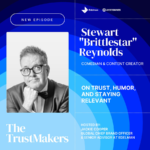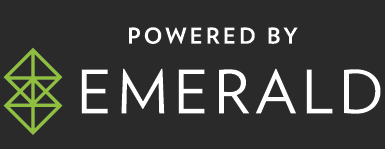By Daryl Goodman-Gordon, VP of Sales, Squared.io
Google Ads changes faster than most marketing teams can handle. New features drop every week, bidding algorithms shift overnight and what drove results last month might not be as effective today, quickly burning through your budget. For those managing large budgets or multiple accounts, you face an impossible choice: spend all your time keeping up with changes, blindly accept those changes and hope for the best or watch your performance slip away.
The solution isn’t working longer hours – it’s working smarter with tactical AI.
The tipping point
Google pushes out updates faster than any human team can handle. New ad types, changes to how keywords work, and constant bidding adjustments create an endless list of tasks that need attention – this just isn’t sustainable, especially for teams managing multiple accounts or large budgets.
And as your accounts grow, it only gets worse. What starts as simple keyword lists quickly turns into thousands of data points that need checking every day. Manual teams can end up spending all their time fixing problems instead of stopping them before they happen.
Enter tactical AI, the game changer.
AI-powered platforms are here and are built to handle the repetitive work that slows down human teams when managing their Google Ads account. They can understand, test and roll out Google’s newest features across all campaigns in hours, not weeks. So, while manual teams might work on a select few campaigns daily after doing laborious analysis to identify where to prioritise, AI systems work at scale across the whole portfolio of accounts in a fraction of the time, automatically optimising and giving smart insights to the team. They find valuable search terms, copy what works across campaigns automatically and stop you from wasting money before it happens. This turns updates from urgent problems into competitive advantages.
What is the business case?
The business case for tactical AI comes down to three things: saving time, boosting performance and catching missed opportunities.
- On average, teams get back 30-40% of the time they used to spend on maintenance work like managing budgets and filtering search terms. This gives account managers more time for building client relationships and planning strategy instead of fighting with spreadsheets.
- Better results show up fast. Most clients see 10-30% better ROAS in their first three months, mainly by fixing small problems that pile up with manual management. These improvements come from doing the basics right, consistently, across every campaign.
- Most importantly, tactical AI prevents the performance drop that hits teams who can’t keep up with Google’s updates. Campaign types like Performance Max need approaches that manual work simply can’t handle well due to their consistently changing nature and available data.
Maintain control for the best results
Most marketers worry that AI automation means losing control. Good tactical AI platforms solve this by keeping everything transparent, with every change recorded and explained. You can review what the AI wants to do before it happens, or set rules for when it can act automatically. Nothing is hidden – the system shows you what it wants to change, why and what results it expects. This clarity makes AI your partner, not your replacement. You stay in control of big decisions while AI handles time-consuming tweaks.
What matters isn’t how much you spend—it’s how complicated your setup is. Teams spending £50,000 monthly see similar, proportionate improvements to those spending £5 million+. If managing everything manually feels overwhelming, that’s your sign tactical AI can help.
Mitigating risks for a smoother ride
Problems with AI campaign management come from using it wrong, not the technology itself. Setting up too much automation without understanding your business can cause trouble fast. Good setup prevents this with built-in safety nets – you can always adjust automation levels, every change can be understood and the system flags unusual patterns for review. The point is making better decisions with proper safety checks, not letting AI run wild.
Google Ads has grown too complex for manual management to work well at scale. The platform’s constant changes give lasting advantages to teams that can quickly test and improve new features as they appear.
Tactical AI isn’t about replacing your thinking—it’s about making it more powerful. By handling repetitive work that eats up time, AI lets teams focus on strategy, creativity and client relationships. When the platform changes weekly, this approach isn’t just helpful, it’s essential.
The real question isn’t if you should use tactical AI, but how fast you can implement it while competitors are still stuck with spreadsheets.











